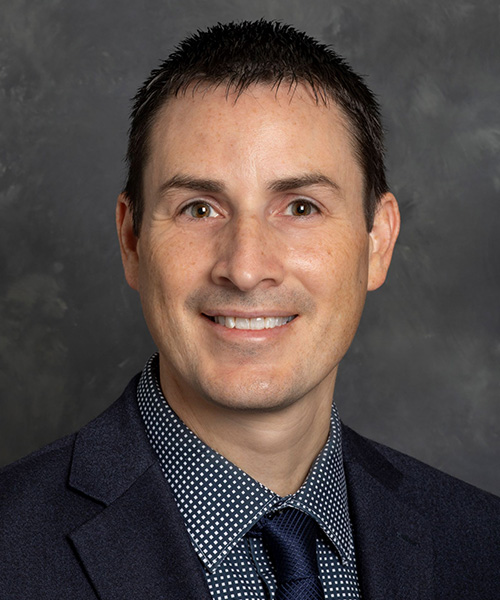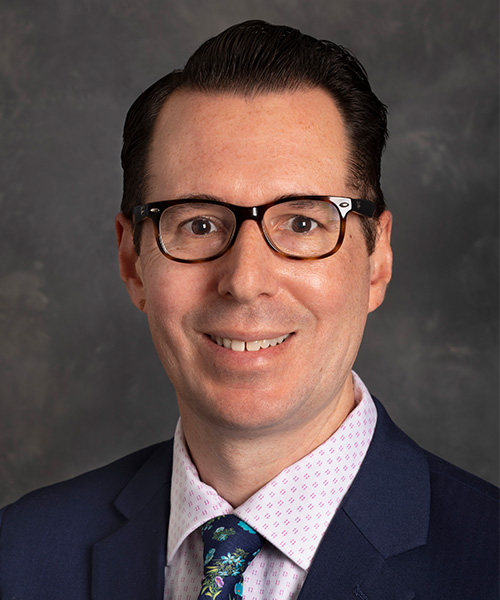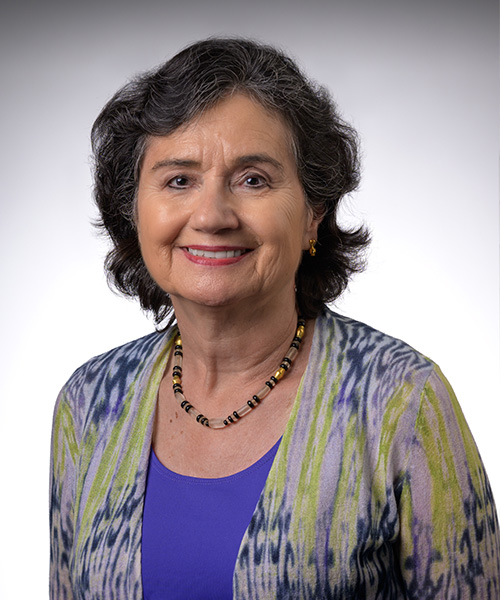Myriam Torres’ roots at the University of South Carolina run deep. A two-time Arnold School of Public Health graduate and former postdoctoral fellow, the university has been her academic home for more than three decades.
Throughout her time at the university, Torres observed active Hispanic and Latino student groups eagerly organizing around common cultural backgrounds and institutional needs — but there was nothing like that for her to join. “It was time for us as faculty to organize, too, and to support the students,” says Torres.
She approached then-chief diversity officer John Dozier about the formation of the Latino/a and Hispanic Faculty Caucus in 2016, proposing her vision of a group united by shared heritages and focused on advocacy initiatives to recruit, retain and better support the various needs of Latino and Hispanic faculty members. University administration was eager to get on board.
Since then, the caucus has grown, creating outlets for cross-disciplinary relationships, increased visibility of Hispanic and Latino faculty members, and opportunities to advance shared visions. It’s also been an affirming group to embrace the diversity among its members.
“Although we have shared cultural heritages, there’s a lot that makes us diverse from each other as well,” says Lenny Sánchez, chair of the caucus and associate professor of language and literacy in the College of Education. “Our contributions aren’t boxed into particular outcomes or goals. They’re expansive and diverse. They follow our needs, our concerns, our knowledge.”
Take a look at the work caucus members are doing.
Andrew Graciano, caucus vice chair
Professor of art history
Andrew Graciano spent hours of his childhood marveling at museums in New York City. After entering college as a pre-business student, Graciano took an art history class and felt at home in a field where his experiences and interests converged to create something he loved. He’s been pursuing art history ever since, dedicating more than two decades of his career to teaching aspiring art historians at the university.
A specialist of 18th- and 19th-century European art, Graciano’s research often takes him to England and the Netherlands, where he pores over archival materials and library resources. His recent work examines how 18th- and 19th-century artists were trained in academic situations, particularly anatomical instruction using nude models and cadavers.
Graciano knows that the value of his field is not always immediately apparent to the public, but he is eager to provide students with training that will benefit them in any profession. Introductory art history courses are often lecture-based, immersing students in background information to set the stage for more advanced studies. But at the upper level, Graciano encourages discussion and interpretation, reminding students of the validity of their own viewpoints as a contribution to scholarly discourse.
“The skill set of critical reading, critical thinking and the ability to write well is very helpful in a number of areas,” Graciano says. “Art history helps you see patterns and understand visual conventions. It’s a useful discipline to talk about how to do research, develop visual literacy and process information.”
Those skills even transfer to things like law careers. In the legal profession, laws passed by the legislature are, like works of art, essentially historical documents interpreted by the courts over time, Graciano explains. Art history scholarship follows a similar pattern with scholars advancing their arguments through publications that build upon one another like case law.
“You’re arguing your case in your publication, term paper or thesis using that information,” he says. “It’s set up in the same way.”
That’s not just conjecture. Graciano has seen that approach carried out right here at USC. “We had one of our art history students in the recent past graduate and go on to law school, and now she’s a practicing lawyer,” Graciano says. “The structure is related to how law school is set up, intellectually.”
And while art history has contributed to Graciano’s life, he reciprocates by bringing unique contributions to the field as a Hispanic man. “I tend to be more critical of events in the 18th and 19th centuries in Europe because I see it as the product of colonialism or imperialism,” he says. “To be an underrepresented person, even within American culture, it adds another dimension — not in a negative way, just seeing things from a different perspective.”
Myriam Torres, caucus founder
Clinical associate professor, assistant dean for public health practice
Now an epidemiologist, Myriam Torres started her educational journey as a nurse. Her passion for service is a common thread in her work, driving several initiatives she has spearheaded or collaborated on to improve the standard of living for Latinos.
One of her greatest assets is her public health expertise. In 2006, Torres became director of the Consortium for Latino Health Studies, housed by the Arnold School of Public Health. When Hurricane Matthew devastated the state that same year, she helped submit a proposal to study Latino experiences with flooding. More recently, she was involved in proposals to research Latino attitudes and responses to the coronavirus.
Leaning on her life experiences, Torres also helps advance shared needs among Latinos in South Carolina. She works with the College of Education’s Carolina Family Engagement Center, supporting outreach to Latino families. She’s also served on the university’s Institutional Review Board to provide guidance on research projects involving Latino populations and Spanish-language data collection.
Torres is honored to be able to put her skills to use. “Not everybody can do this, and that’s part of my privilege,” Torres says. “It’s easy to work with Latino populations because of what I’m trained to do.”
In South Carolina, where Latinos are the fastest-growing demographic, the caucus has renewed its dedication to building a university that reflects our increasingly diverse population and fosters a welcoming campus culture.
“Who I am as a person, as a Latino and as someone living in South Carolina is a part of who I am as a researcher. I have that responsibility of always bringing myself into that work and into my conversations,” says Sánchez.
“Our identities are always on the table, impacting and influencing the content of what we do and how we do it. A university climate and academic community that embraces and supports you is an important component of seeing that university as a home for you.”


